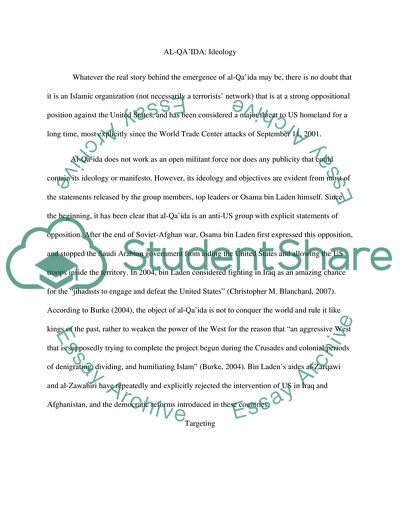Cite this document
(“Profile of al-Qa'ida and Analysis of U.S. Homeland Security Domestic Term Paper”, n.d.)
Retrieved from https://studentshare.org/military/1568157-profile-of-al-qaida-and-analysis-of-us-homeland-security-domestic-policy
Retrieved from https://studentshare.org/military/1568157-profile-of-al-qaida-and-analysis-of-us-homeland-security-domestic-policy
(Profile of Al-Qa'Ida and Analysis of U.S. Homeland Security Domestic Term Paper)
https://studentshare.org/military/1568157-profile-of-al-qaida-and-analysis-of-us-homeland-security-domestic-policy.
https://studentshare.org/military/1568157-profile-of-al-qaida-and-analysis-of-us-homeland-security-domestic-policy.
“Profile of Al-Qa'Ida and Analysis of U.S. Homeland Security Domestic Term Paper”, n.d. https://studentshare.org/military/1568157-profile-of-al-qaida-and-analysis-of-us-homeland-security-domestic-policy.


